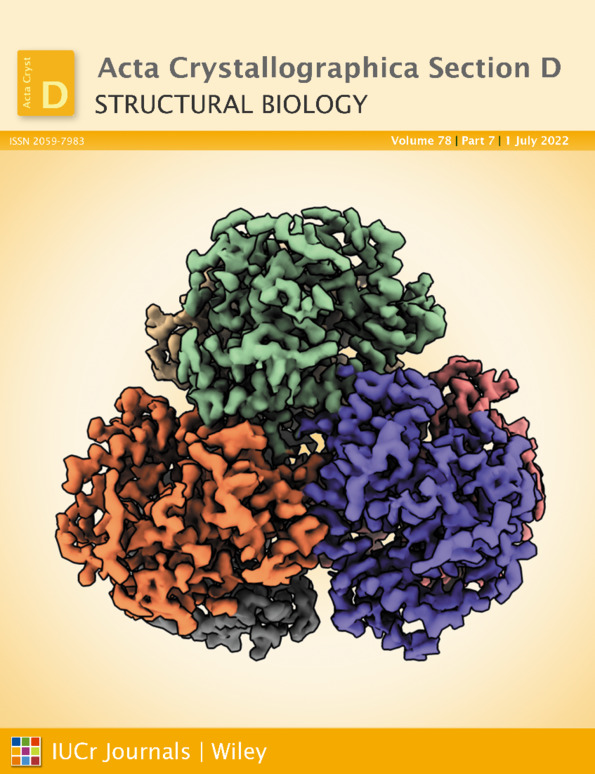AutoPX: a new software package to process X-ray diffraction data from biomacromolecular crystals
Abstract
A new software package, autoPX, for processing X-ray diffraction data from biomacromolecular crystals is reported. This processing software package is designed on the basis of novel methods such as the location of diffraction spots by an improved Canny operator, indexing by a modified Fourier transform, a novel definition of mosaicity that expresses the dispersion state of reciprocal diffraction spots, and the correction of predicted diffraction spot coordinates by homography transform. New programming of some traditional algorithms necessary for integration and scaling is also included. Several examples of crystal structure determination using data from the SSRF beamlines reduced using autoPX, HKL-2000, DIALS and XDS are also demonstrated, and indicate that autoPX is capable of processing diffraction data from biomacromolecular crystals and providing adequate solutions to problems encountered at the SSRF beamlines.




